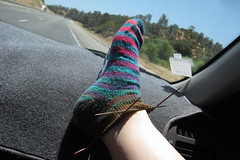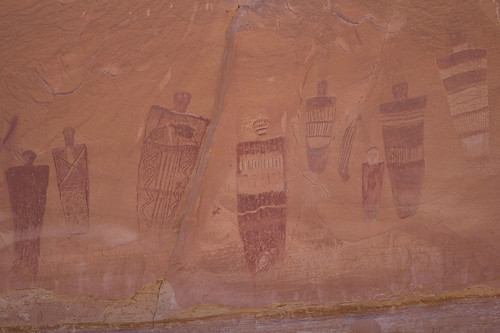One of Ours by Willa Cather – Pulitzer Winner of 1923
One of Ours was an interesting step into the mind of a Nebraska country boy. Claude Wheeler grows up on a successful farm near Frankfort in the beginning of the 20th century and attends college in a larger town. Claude likes working on the farm but does not see himself as belonging there for the rest of his life. His father however is oblivious to his son’s thoughts and orders him to quit school to work the farm full-time. Claude concedes, unhappily, but decides to make the best of it. He falls in love with a childhood friend Enid and proposes, in spite of her lack of enthusiasm. Again Claude finds himself utterly defeated. All his expectations of a loving home are disappointed and he falls into depression.
Meanwhile, World War I has broken out in Europe and as the United States enter the fighting, Claude volunteers. In the beginning of the second half of the story we find him on a troop transport ship en route to France as an influenza epidemic breaks out. The weeks at sea turn gruesome while soldier after soldier succumbs. Claude arrives unharmed and we follow him around France while he realizes that in spite of the horrible circumstances, he is finally content with his life.
I enjoyed the first half of the book more than the second, and not necessarily because the latter revolved around war and tragedy. The descriptions of Claude’s environments and thoughts were so vivid and I could relate to his loneliness and frustrations. Between his decision to join the service and the continuation of the story on the ship there seems to be a big gap though. It felt as if the second part of the book was written by someone else. The time on the ship was still good, but once Claude arrives in France the story lost focus. He keeps meeting new people, gets moved here and there, has some battle experience, but as reader I no longer felt like I had insight into his mind. The book moved to its inevitable conclusion, but I no longer cared. Too bad.





